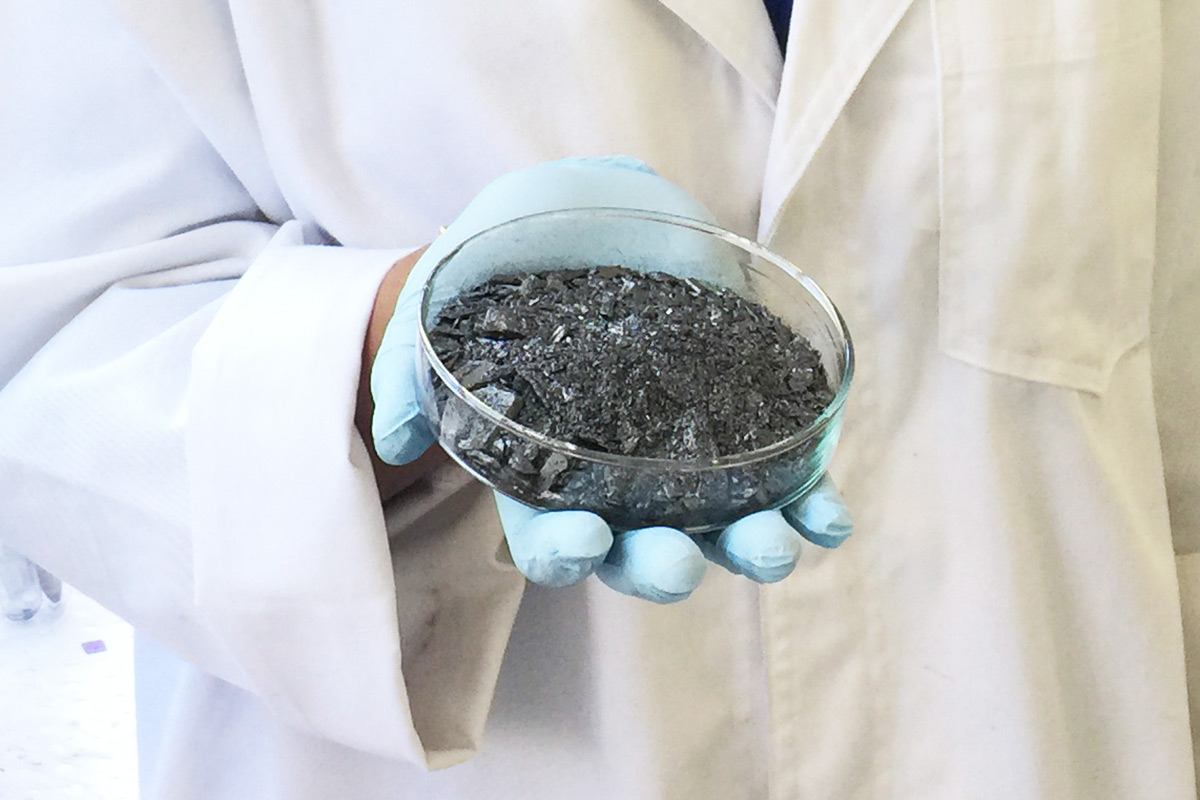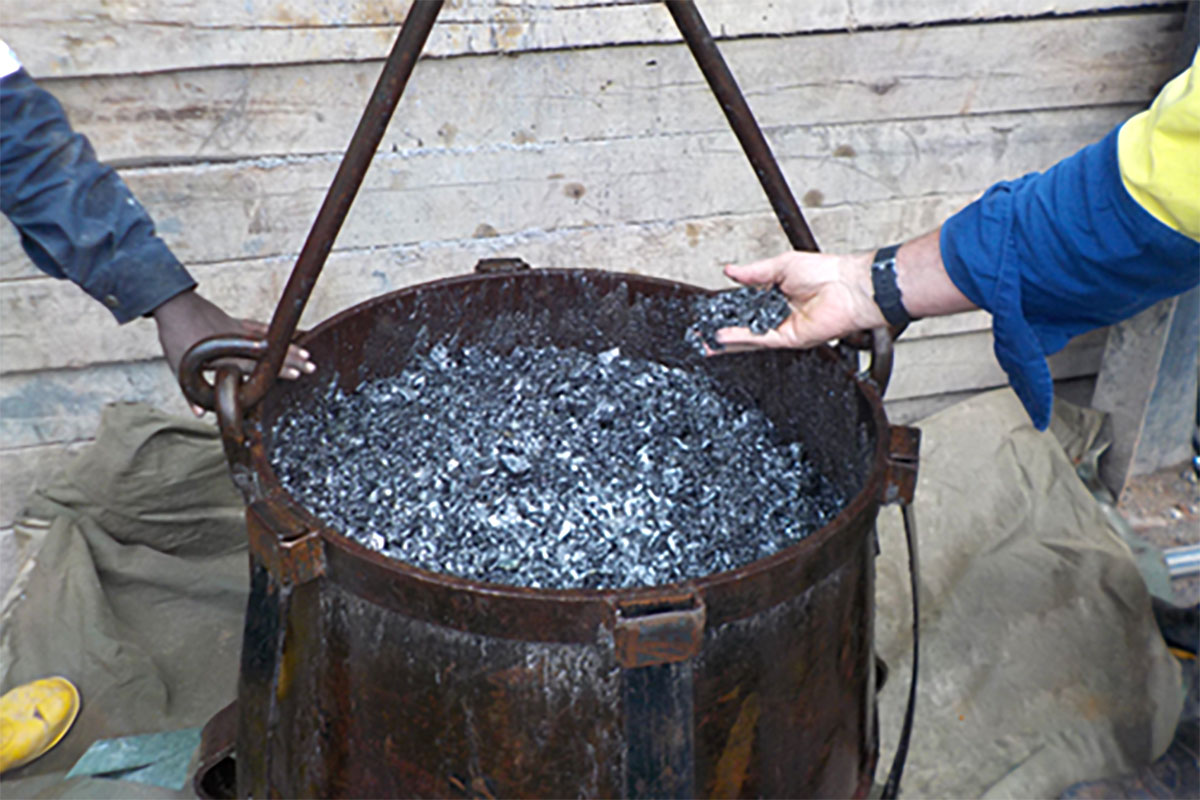
Battery power better than lithium or even solar is under development as researchers work to efficiently capture the energy of graphene oxide (GO).
Under a new $3.45 million Cooperative Research Centre Project (CRC-P) grant, researchers at Flinders University and Swinburne University of Technology will partner with Australian industry to commercialise the world’s first alternative to lithium-ion battery (LIB) technology.
The industry collaboration, with Australian Stock Exchange-listed First Graphene Ltd and Victorian manufacturer Kremford Pty Ltd, aims to make inroads into the production of a new GO-powered battery, an super-capacity energy storage alternative to the emerging LIB technology.
Researchers at Swinburne’s Centre for Micro-Photonics are working on a commercially viable, more sustainable, long-lasting safe GO-based supercapacitor which offers high performance and low-cost energy storage capabilities.

Graphene is the lightest, strongest, most electrically conductive material available and has been predicted to generate revolutionary new products in many industry sectors. But so far unreliable quality and poor manufacturing processes has prevented an industrial graphene market.
Last year First Graphite entered into a research agreement with Professor Raston’s research group at Flinders University to improve graphite processing and production.
The new national CRC Project via the Australian Government’s Advance Manufacturing Fund will expand Flinders University’s clean technologies and nanotech research focus.
Professor Colin Raston, the South Australian Premier’s Professorial Research Fellow in Clean Technology, says there is significant global research to improve energy storage capability to support its role in the development of sustainable energy storage systems.
“For example, we’re seeing the rapid rise of LIB around the world, notably with South Australia’s significant investment in the new storage facility near Jamestown in this State.”
The ‘High performance energy storage alternative to lithium ion batteries’ project seeks to advance the GO-based supercapacitor that has promising superior energy density, flexibility and environmental sustainability ahead of traditional batteries.

“This project aims to develop the manufacturing specifications for the commercial production of a graphene oxide super-capacitor with the ‘look and feel’ of a LIB but with superior performance across weight, charge rate, lifecycle and environmental footprint factors,” Professor Raston says.
“The production of GO from graphite ore, without generating lots of waste, is an important part of this collaborative project.”
First Graphene (ASX code: FGR) managing director Craig McGuckin says the $1.5 million in CRC-P funding, to be matched by the partner organisations and in-kind, would propel the company’s innovative approach to finding real-world applications for graphene.
“The success in the fourth round of the CRC-P funding demonstrates the high regard in which the company’s research efforts are held,” Mr McGuckin said.
“It also shows the robustness of the programs designed by FGR’s university partners.”
First Graphene aims to produce the highest-quality graphene at scale and to become a global supplier of graphene nanomaterials products.
The main challenge currently faced by graphene manufacturing technologies is consistent production on an industrial scale.
Professor Colin Raston is the lead inventor and developer of the Vortex Fluidic Technology and has been responsible for driving the research underpinning the technology and various related collaborative research programs. See more about Raston Laboratory projects on the VFD Technologies and the Centre for NanoScale Science and Technology at the Flinders University website.

